Process
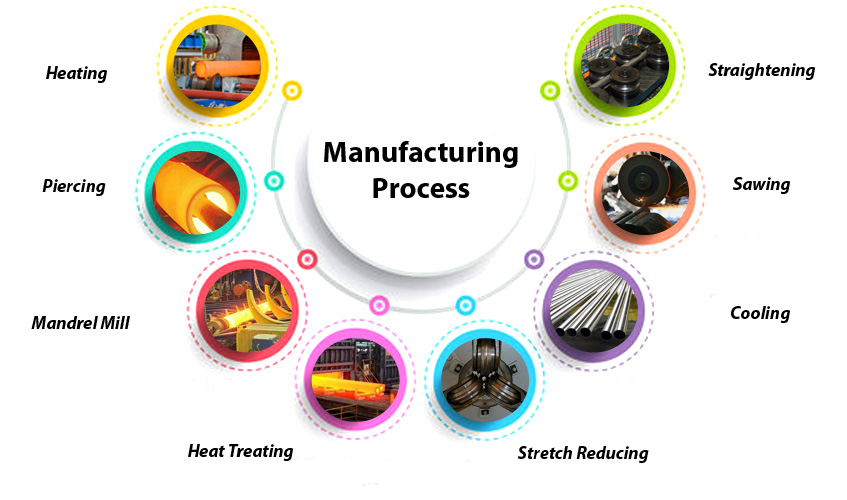
The primary methods for manufacturing welded stainless steel pipes are:
Forming the Steel Strip: The process begins with flat stainless steel strips. These strips can be sourced in coils and are unrolled to start the manufacturing process. The stainless steel strips are passed through various forming rolls or machines to shape them into a cylindrical pipe form.
Welding: Once the stainless steel strip is formed into a cylindrical shape, the edges are brought together, and the two ends are welded together to create a continuous seam along the length of the pipe. There are different welding methods used for stainless steel pipes, including:
Electric Resistance Welding (ERW): This method involves passing an electric current through the edges of the steel strip to heat them to the point of fusion. The edges are then pressed together to form the weld.
High-Frequency Induction Welding (HFIW): In this method, high-frequency currents are used to heat the edges of the stainless steel strip for welding.
Submerged Arc Welding (SAW): SAW is used for thicker-walled pipes. It involves a granular flux covering the welding area, protecting the arc and resulting in a strong weld.
TIG (Tungsten Inert Gas) Welding or GTAW (Gas Tungsten Arc Welding): In this method, a tungsten electrode provides the arc, and a shielding gas protects the weld area from atmospheric contamination.
Heat Treatment (Optional): Depending on the application and the type of stainless steel used, the welded pipe may undergo a heat treatment process, such as annealing, to improve its mechanical properties and remove any stresses induced during welding.
Finishing Operations: After welding and any necessary heat treatment, the welded stainless steel pipes may undergo various finishing operations, such as straightening, sizing, cutting to the required length, and surface treatment (polishing, pickling, etc.).
Testing and Quality Control: The welded stainless steel pipes undergo a series of tests to ensure they meet the required standards and specifications. These tests may include non-destructive testing (e.g., ultrasonic testing, X-ray inspection) and other mechanical and chemical analyses.
Marking and Packaging: Once the welded stainless steel pipes pass the quality control checks, they are marked with relevant information like size, grade, and manufacturing details. The pipes are then appropriately packaged for shipping and distribution.
It’s important to note that the specific manufacturing process can vary depending on the type of welding method used, the grade of stainless steel, and the intended application of the pipes. The versatility and corrosion resistance of stainless steel make it a popular choice for various industries, including oil and gas, petrochemical, food processing, and construction.
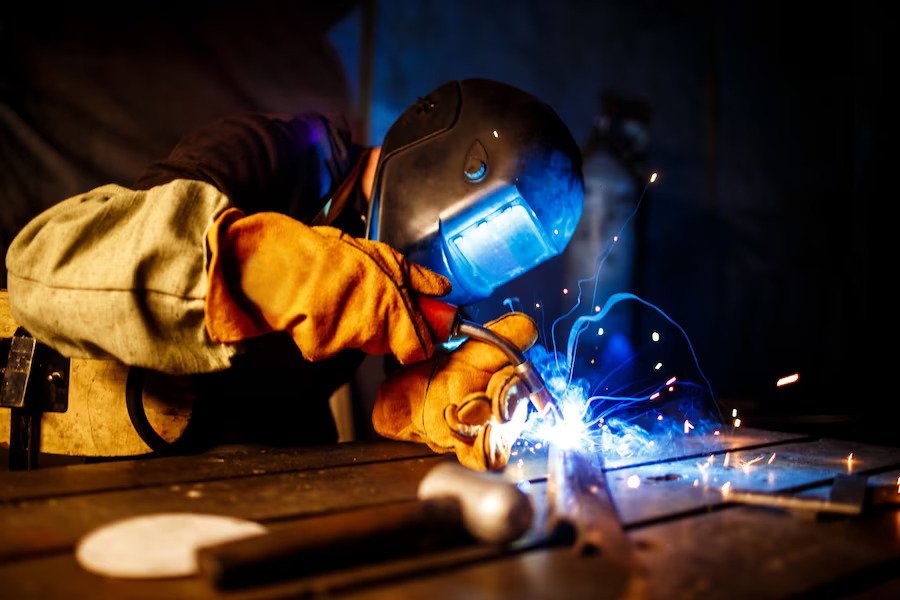
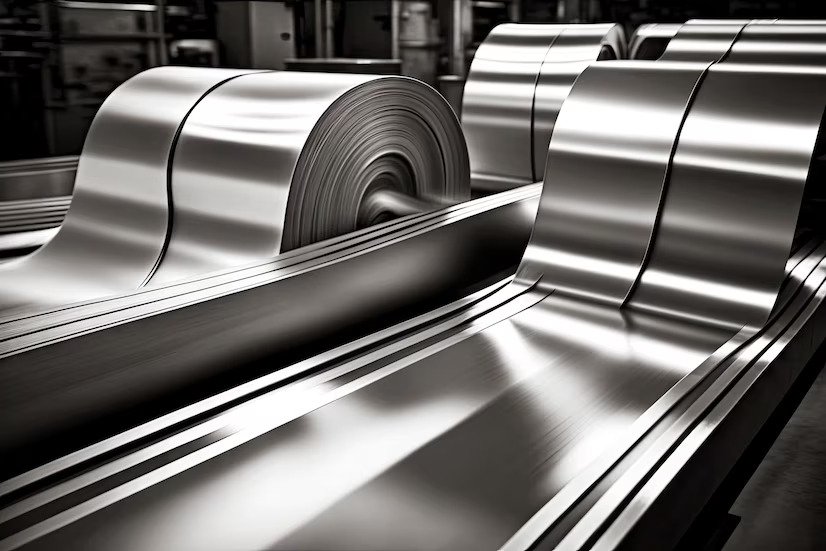
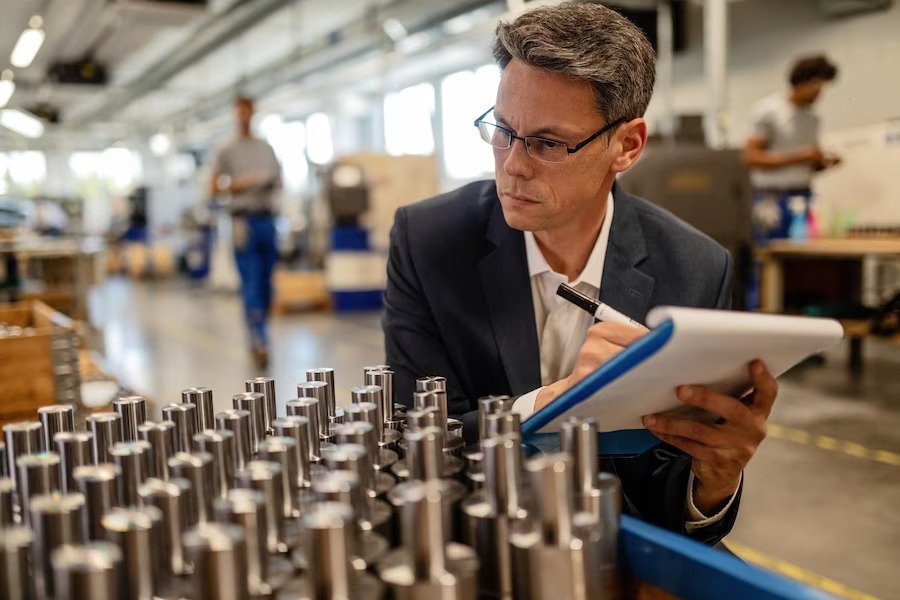
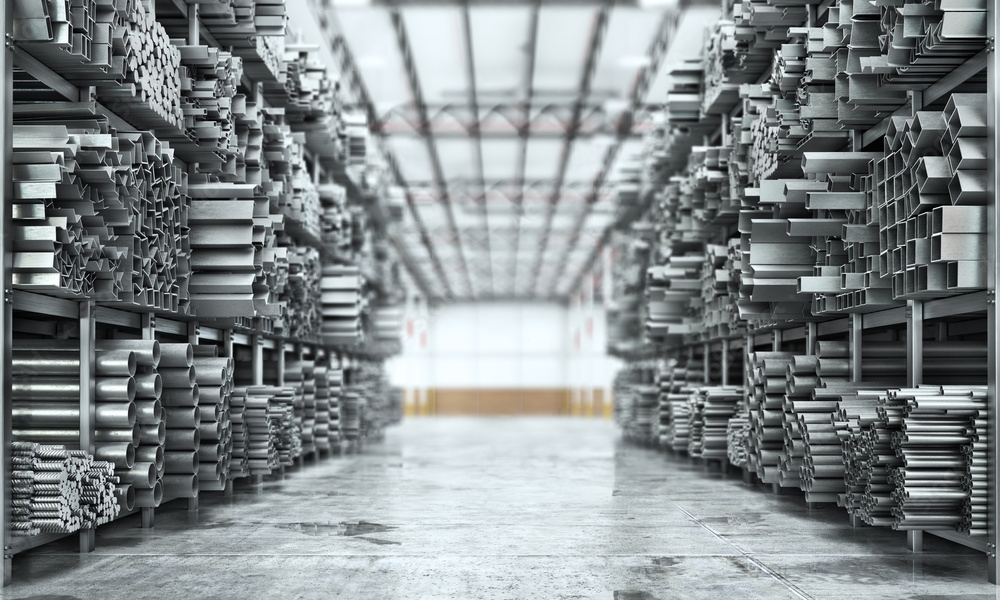
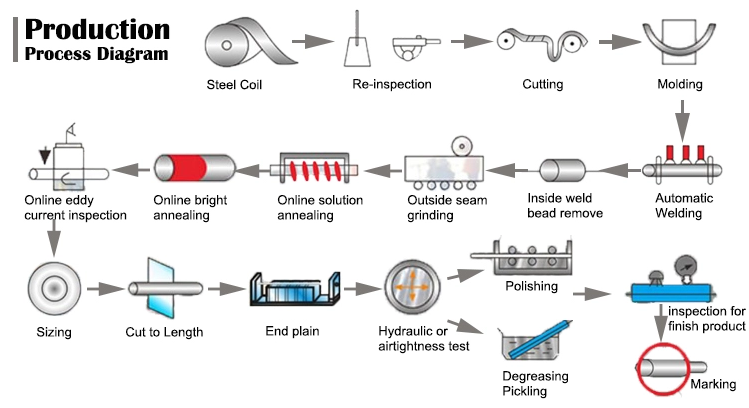
Stainless steel grade 304 is a popular and widely used austenitic stainless steel. Its composition typically includes the following elements:
Chromium (Cr): The primary alloying element in stainless steel, chromium provides excellent corrosion resistance to grade 304. It forms a passive oxide layer on the surface, known as the chromium oxide layer, which protects the steel from corrosion.
Nickel (Ni): Nickel enhances the corrosion resistance of stainless steel and improves its ductility. Grade 304 stainless steel usually contains around 8-10.5% nickel.
Carbon (C): The carbon content in grade 304 stainless steel is generally low, typically around 0.08% or lower. This low carbon content helps prevent carbide precipitation, which can occur during welding and lead to intergranular corrosion.
Manganese (Mn): Manganese is added to enhance the strength and formability of stainless steel. In grade 304, the manganese content is usually around 2% or lower.
Silicon (Si): Silicon is added to improve the oxidation resistance and strength of stainless steel. The typical silicon content in grade 304 stainless steel is around 1% or lower.
Phosphorus (P) and Sulfur (S): These elements are usually kept at low levels in stainless steel, including grade 304, to improve its weldability and avoid detrimental effects on its corrosion resistance.
Please note that the exact composition of grade 304 stainless steel may vary slightly depending on the specific standard or specification being followed, as well as any specific requirements for a particular application. It’s always recommended to refer to the appropriate standards or consult the manufacturer for precise composition details.
Stainless steel grade 202 is a type of austenitic stainless steel. It is a low-nickel and high-manganese stainless steel .The composition of stainless steel grade 202 typically includes the following elements:
Carbon (C): 0.15% maximum
Silicon (Si): 1.00% maximum
Manganese (Mn): 7.5% to 10.0%
Phosphorus (P): 0.06% maximum
Sulfur (S): 0.03% maximum
Chromium (Cr): 17.0% to 19.0%
Nickel (Ni): 4.0% to 6.0%
Nitrogen (N): 0.25% maximum (usually not intentionally added, but residual content)
Other Elements: The grade may contain small amounts of other elements like copper (Cu) and molybdenum (Mo), usually in trace quantities.
Stainless steel 202 is similar in corrosion resistance to 304 stainless steel due to its high chromium content. However, it contains less nickel, making it more affordable and often used in applications where cost is a significant consideration. It is commonly used for household utensils, kitchen sinks, and other applications that require moderate corrosion resistance and good formability.
Please note that the composition of stainless steel can vary slightly based on regional or manufacturer-specific variations. For critical applications or when specific properties are required, it is essential to consult the manufacturer’s datasheets or technical specifications to ensure the exact composition and suitability for the intended use.

